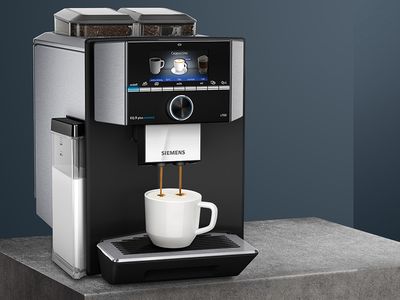The history of roasting
Perfectly roasted coffee is a given in today’s world, but it wasn’t always like this. Once upon a time coffee enthusiasts used to balance clay or stone bowls over hot coals to achieve a suitable roast. However, these were barely usable, often burnt beans made their way into the final cup leaving a multitude of inconsistently bitter notes.
It wasn’t until around the 1400’s where the first Persian coffee roasters came about. Imagine a large concaved plate with a plethora of small holes dotted around the surface. These were more advanced than the original designs as they took into account the effect that airflow can have on the sweetness and fruit notes of the bean.
Over time these evolved into cylinders and eventually into a drum shape that we are familiar with today.
How coffee is roasted
The modern drum roaster is essentially a very large barrel with screw-like ridges around inner wall. In the centre is a vertical rotating auger that moves the beans around the surface area of the drum to achieve an even heat distribution. Heat is passed through the top of the drum, roasting the beans through convectional heat transfer.
Roasters often examine the colour and aroma of the beans by taking samples from the drum using a small opening and metal spoon-like device called a ‘probe’. Once the user decides that the beans are at the right roast type, a hatch at the opposite end of the barrel is opened depositing them into a large horizontal rotating mixer - efficiently cooling them.


First crack and second crack
One of the main indicators of roast type is known as ‘cracking’ a sound very similar to the popping of corn kernels in the production of popcorn. First crack is a sound caused by a rapid exothermic reaction as the build-up of heat rapidly releases water from the bean transfering it into steam.
Roasters take very careful consideration into tracking first and second crack, understanding how they should adjust temperature settings to prevent and control ‘run away’ or stalling. The sudden surge of heat can cause beans to burn or roast poorly if not controlled.
Second crack occurs around 2-5 minutes after first crack, and it is this period between the two that the majority of roasts are completed. It is up to the roaster to experiment with different variables throughout the process, manipulating where these reactions occur to achieve different roast profiles.
The different roasting types from light to dark
The longer beans are exposed to the roasting process the darker they will become. Due to the way that acids and sugars in the beans respond to different temperatures, beans eventually go from fruity and acidic to nutty and smoky. Somewhere in the middle of this process is where you will find most specialty coffees, through careful experimentation, they established a sweet spot that complements both the type and quality of the bean perfectly.

Light Roasts
Also known as a blonde or cinnamon roast, these have the least amount of acidity removed through roasting. As a result of this, they are often considered to have a slightly sweet, floral and fruity aroma. If you are using a high quality Arabica bean, this should make the individual characteristics of the bean really stand out and give an exotic taste.

Medium roasts
Also known as a City roast, this is the most commonly used roast type. This is because it is widely considered the point at which you get the best combination of all the separate coffee aromas. With balanced acidity, sweetness, bitterness and a reasonable body, it is easy to see why this variety is often favoured by coffee enthusiasts. However, this entirely depends on the type of bean you are roasting, these flavours will be unrecognisable if you compare a low grade Robusta bean with a grade 1 Arabica.

Medium-Dark roasts
Also known as a Full City roast, the aroma is starting to achieve more of a body compared to the lighter roasts. It is also starting to gain a waxy exterior as the oils are beginning to escape from the interior of the bean as it drys out. These beans are approaching second crack and the internal temperature is currently around 230 °Celsius.

Dark roasts
Also called a French roast, these roasts have passed second crack and are best suited to espressos. There is now a visibly shiny exterior where the ‘silverskin’ or ‘chaff’ has considerably darkened and oil is starting to coat the outer wall of the bean. The sugars in the bean should now be very caramelized and the high heat will be bringing smoky and nutty notes out of the bean. Any more roasting and the beans will have a very noticeable burnt flavour as the structural integrity of the bean is lost.
So now you have a basic idea of how coffee is roasted, and an understanding of the key roast types. However, simply using a great roast doesn’t always mean a great cup, take a look at our article on coffee grinding to learn about the importance of grind size and uniformity of particles here.





